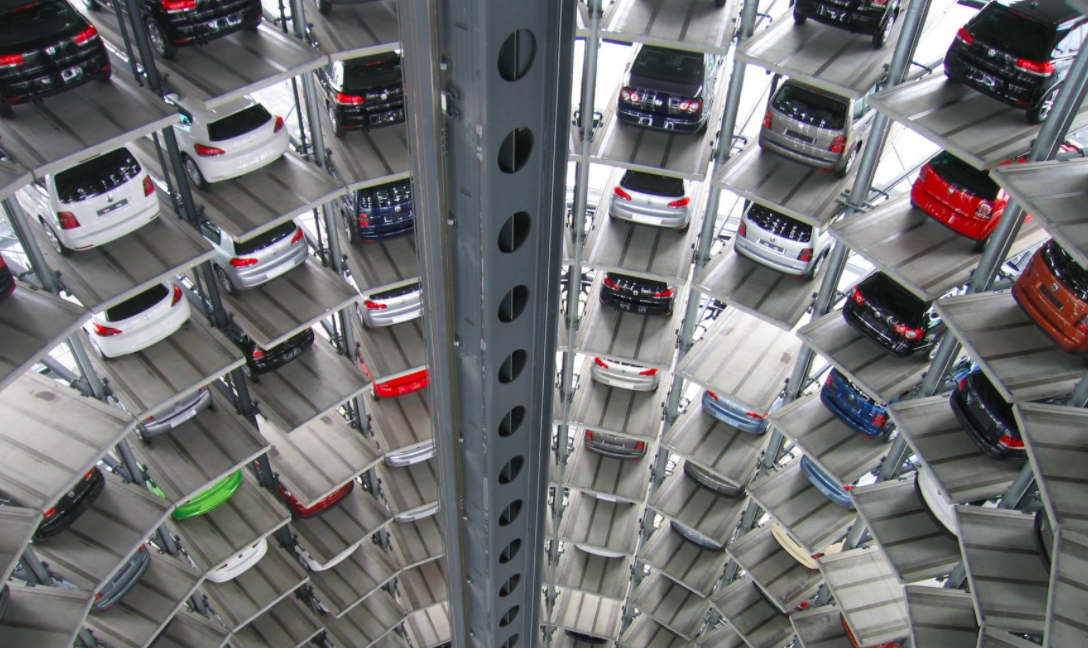Emerging Trends Shaping the Future of Parking
In most urban cities, there is a pressing need for more real estate for housing, commercial activities, and other public service infrastructure, including schools and hospitals, etc. Yet, several parking lots are vacant and sit idle for most of the day. That is an alarming waste of resources that could otherwise be put to better use and is certainly not sustainable in the long run. Several promising technologies are on the rise, all set to transform the parking industry. Automated parking lots, parking assistance, and the Internet of Things (IoT) are some frontrunners that show immense promise and have the potential to shape the future of parking.

Automated Parking Lots
Ina fully automated parking system, lasers scan your vehicle as soon as it enters the lot. It is then elevated by a moving platform and transferred to its assigned spot. The driver and passengers exit the car before it gets parked. Therefore, there is no need to leave as much room between vehicles. As a result, the same premises can accommodate four times as many cars.
With such a system, even a smaller parking lot could accommodate just as many cars as a bigger one. Also, fewer parking lots would be required, as they would all operate at maximum capacity. This, in turn, could potentially free significant real estate up for housing, schools, hospitals, and other infrastructure.
The Internet of Things
The Internet of Things (IoT) allows machines to connect wirelessly and communicate with each other. Parking lots that implement IoT can allow drivers to use an app or a website to find available parking spaces in real-time. Even before they arrive at the lot, drivers can see if there is an open parking spot.
An IoT-enabled parking system has many benefits, including a reduction in the level of carbon emission from vehicles. In San Francisco, many parking lots have already adopted IoT. In fact, the San Francisco Municipal Transportation Agency reported a 43% drop in the amount of time it took motorists to find a parking spot. Moreover, the distance traveled by drivers looking to park dropped by 30%.
With an IoT-enabled parking system, existing parking lots can accommodate more vehicles. This would eliminate the need to build more parking spaces, and authorities could use the space saved to facilitate urban development.
Parking Assistance
Many new cars now come factory-fitted with parking assistance systems. With this technology, cars can be parked more efficiently, and therefore, even a smaller lot could accommodate more cars. Vehicles that do not have parking assistance systems installed can still benefit from those that do. Automobiles that are equipped with parking sensors allow for other drivers to parallel park or reverse their cars closer, safer, and more confidently. Even some older cars that don’t come factory-fitted with these sensors can have them installed by way of modification.
While the technologies mentioned above are available and already in use in many parts of the world, the future of parking belongs to self-driving cars. Two self-driving cars can drive side by side, or one behind the other, with little to no space between them. That means not just parking lots, but even roads could be downsized. Existing roads could accommodate many more cars, and there would still be less congestion. That would free up space for other, more essential, infrastructure development.
All in all, we see the parking industry taking large and steady steps towards technology adoption. In the future of parking, it is these technologies that will overhaul how the world parks.

